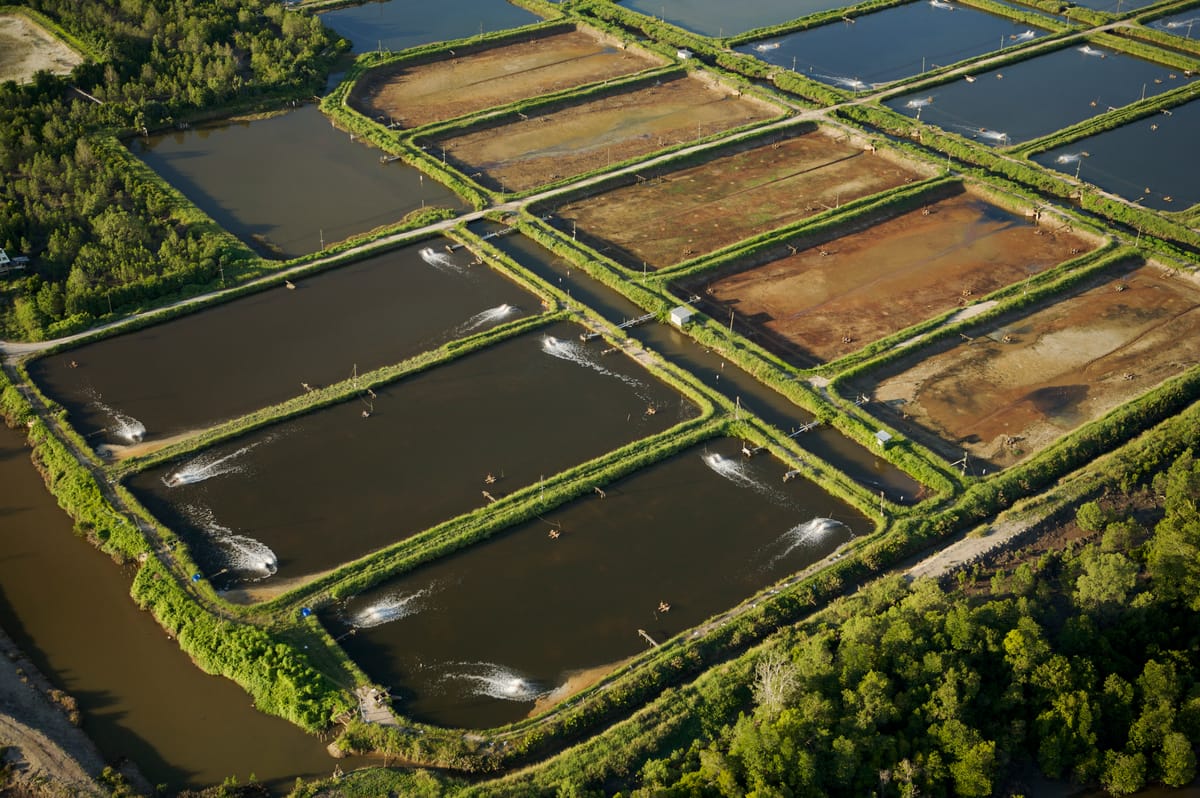Sustainable Aquaculture: The Future of Seafood Production
Sustainable Aquaculture: The Future of Seafood Production
Aquaculture, or the farming of aquatic organisms such as fish, shellfish, and aquatic plants, has become one of the most essential industries in the world today. With the global population continuing to grow and seafood demand on the rise, aquaculture offers a sustainable solution to meeting the needs of future generations. But with sustainability at the forefront of today’s concerns, the industry is evolving rapidly, integrating cutting-edge technologies and practices to ensure environmental and economic sustainability.
What is Aquaculture?
Aquaculture involves the breeding, raising, and harvesting of fish, shellfish, and plants in controlled environments. This practice differs from wild fishing in that it provides a regulated and efficient way to produce seafood without depleting natural ocean resources. Aquaculture can be practiced in both freshwater and marine environments, ranging from small-scale fish farms to large, commercial production systems.
Why is Aquaculture Important?
As the demand for protein increases globally, aquaculture is becoming an essential component of the food system. In fact, nearly half of the world’s seafood supply now comes from aquaculture. This method of production not only supports food security but also provides jobs, improves livelihoods, and contributes to economic growth in coastal communities.
However, aquaculture is not without its challenges. Concerns such as the impact on local ecosystems, water quality management, and the potential for disease outbreaks have led to the exploration of more sustainable farming practices and technologies.
Technological Advancements in Aquaculture
The future of aquaculture lies in innovation. Advancements in technology are transforming the industry, making farming practices more efficient and environmentally friendly. Some of the most exciting developments include:
-
Automation and Robotics
Autonomous underwater drones and robotic systems are being used for a variety of tasks, from inspecting fish farms to monitoring water conditions. These technologies reduce labor costs, improve farm management, and help detect issues such as net defects, water quality problems, or fish health concerns. -
Fish Tracking and Monitoring
Advanced sensors and artificial intelligence (AI) are now being used to track the behavior and health of fish in real-time. These technologies not only improve fish welfare but also help optimize feeding schedules, reduce waste, and enhance resource management. -
Sustainable Feed Alternatives
Traditional fish feed, often made from wild-caught fish, has raised concerns about sustainability. However, research into alternative feed sources, such as plant-based ingredients, insects, and algae, is reducing reliance on wild fisheries and improving the ecological footprint of aquaculture.
Challenges in the Industry
Despite the progress, aquaculture still faces numerous challenges that must be addressed to ensure its future sustainability:
-
Environmental Impact: Poor water quality, escapes of farmed fish, and the spread of diseases can impact local ecosystems. Innovations in sustainable farming techniques, such as closed containment systems, are helping minimize these impacts.
-
Disease Management: Fish farming operations are at risk of disease outbreaks, which can devastate stocks and affect food security. Advances in genetics and biotechnology are helping develop disease-resistant species and better treatments.
-
Resource Management: Effective resource management, including water usage, feed, and energy consumption, is crucial for ensuring that aquaculture remains a viable long-term solution. This is where precision farming and data-driven approaches are playing a significant role.
Looking Ahead: The Future of Aquaculture
Aquaculture holds immense potential for feeding the world’s growing population while preserving ocean ecosystems. By embracing technological innovations, focusing on sustainability, and addressing key challenges, the industry can continue to thrive and meet the demand for seafood in an environmentally responsible way.
As we look toward the future, it’s clear that sustainable aquaculture will play a central role in global food security. Whether you’re a farmer, researcher, or consumer, keeping up with these developments is essential in supporting a healthy, sustainable food system.
Final Thoughts
The aquaculture industry is at a crossroads, where tradition meets innovation. By adopting cutting-edge technologies, sustainable practices, and focusing on resource management, we can ensure that aquaculture continues to contribute to global food security while safeguarding the health of our oceans. As this industry grows, it’s important to stay informed and be part of the conversation that shapes the future of sustainable seafood production.






